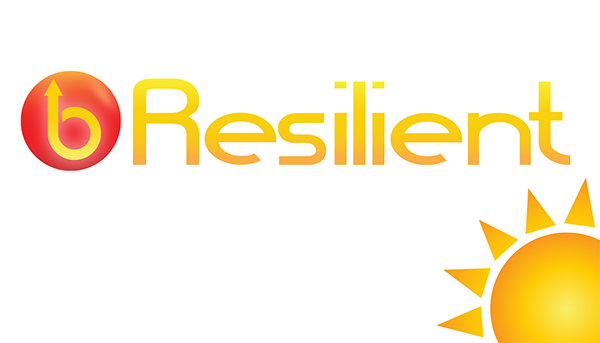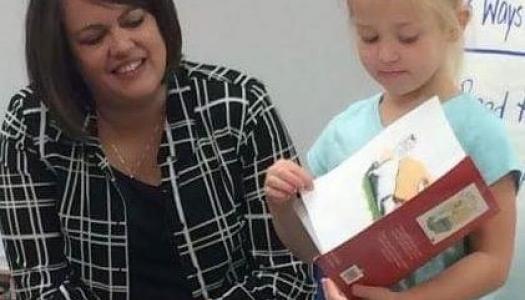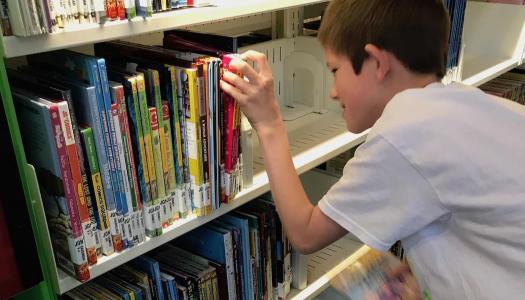
Lori Sabo
“. . . roam wildly in my curiosities.”
This is a phrase I heard when Donald Miller interviewed David Epstein, author of Range: Why Generalists Triumph in a Specialized World
Donald Miller: You get paid to be extremely curious about a lot of things.
David Epstein: In my past life, I was a geology grad student. My work was getting very narrow. I was living in a tent in the arctic. And it came to a point where I asked myself, Am I the type of person who wants to spend my whole life learning one new thing in the world? Or in much shorter spans of time learn things new to me, connect them, and roam wildly in my curiosities? And it was very clear to me that I was the latter.
That phrase, roam wildly in my curiosities, has ping-ponged in my mind ever since.
If you know us at all, you know how important book choice is to us. We have a fierce belief that students should be able to roam wildly in their curiosities through a variety of reading material. We are just as passionate about teaching them how to choose books that will serve them well as developing readers. Guided support, modeling, trust, and lots of time to explore, read, abandon, and get lost in books is what will ensure that our students develop the habits of lifelong readers that will stay with them long after they leave us.
Choice is directly related to access. There are many ways to procure books for our classroom libraries. Janice Such offers a variety of ways in this two-part series. If you are looking for ways to build your choices for students, I’m sure you’ll find ideas that will work for you.
Let’s let our students roam wildly in their curiosities this year.
If we want children to see reading as anything more than a school job, we must give them the chance to choose their own books and develop personal connections to reading, or they never will.
—Donalyn Miller
News From The Daily CAFE
Coaching Series Replay—Three Resources to Successfully Launch Daily 5
2024-2025 Calendars
Let Them Choose









